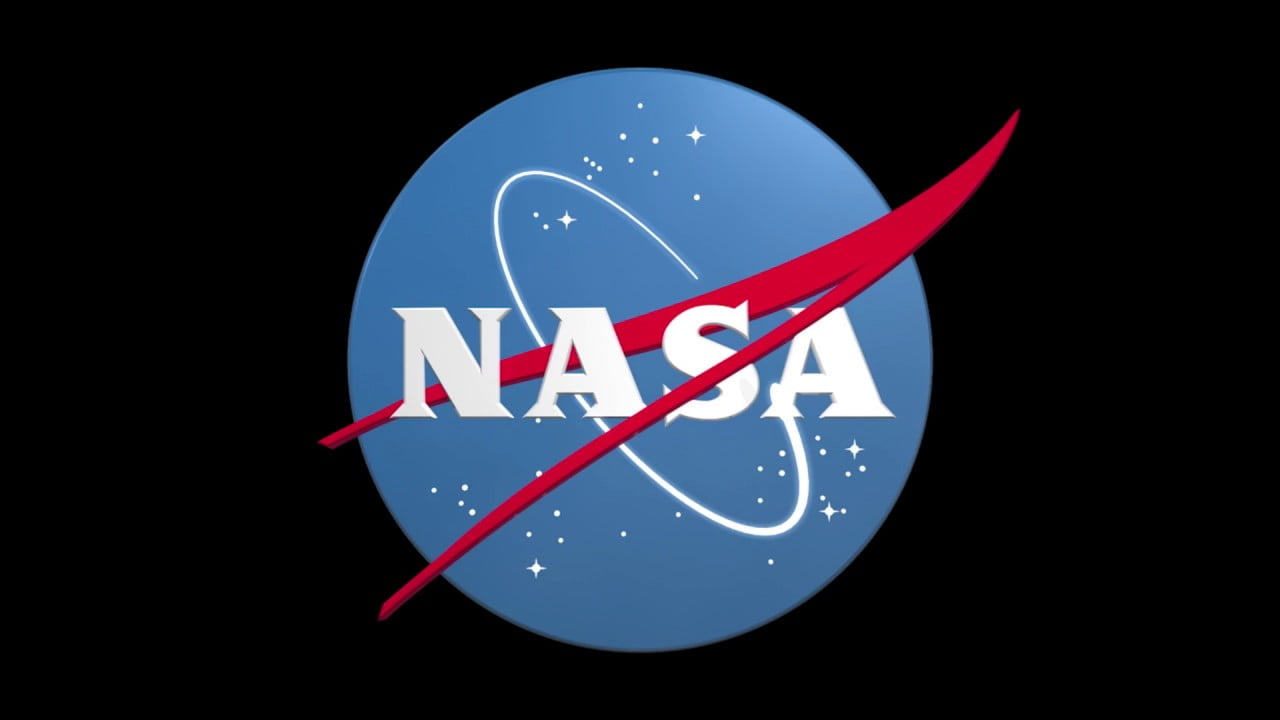
In a move that underscores NASA’s commitment to lunar exploration, the space agency has awarded Intuitive Machines a lucrative $116.9 million contract to deliver six scientific instruments to the Moon’s south pole in 2027. This marks the fourth lunar mission for the Houston-based company, which notably achieved the first-ever private lunar landing earlier this year. The upcoming mission will further explore the intriguing, water-rich region of the Moon, laying the groundwork for future human presence.
Intuitive Machines will leverage its Nova-C lander for the mission, which is currently in its final assembly phase for a separate lunar mission scheduled for later this year. The six payloads, totaling 79 kilograms, include instruments from NASA, the European Space Agency (ESA), and the Laboratory for Atmospheric and Space Physics at the University of Colorado Boulder. These instruments will conduct crucial experiments in biology, planetology, and space science, deepening our understanding of the Moon’s environment and its potential to support human life.
The Stakes are High: Why the Moon’s South Pole?
The Moon’s south pole has garnered immense scientific interest due to the presence of water ice in its permanently shadowed craters. This water ice could potentially be used for drinking water, rocket fuel, and other vital resources for future lunar inhabitants. Furthermore, the unique environment of the south pole, with its extreme temperatures and lighting conditions, presents an opportunity to study the evolution of the Moon and the early solar system.
The upcoming mission by Intuitive Machines will contribute to NASA’s Artemis program, which aims to establish a sustainable human presence on the Moon by the end of the decade. By delivering critical scientific instruments to the south pole, the mission will provide valuable data and insights that will inform the development of future lunar infrastructure and technologies.
Unveiling the Mysteries: The Payload Breakdown
The six payloads aboard the Nova-C lander will carry out diverse scientific investigations:
- Lunar Compact Infrared Imaging System (L-CIRiS): This instrument will map the lunar surface temperature and identify potential resources such as water ice.
- Laser Retroreflector Array (LRA): This array will help scientists precisely measure the distance between the Earth and the Moon, contributing to studies of lunar gravity and the Moon’s interior structure.
- Miniature In-Situ Resource Utilization (ISRU) Instrument (MSolo): This ESA instrument will study the composition of lunar regolith and assess its potential for resource extraction.
- Farside Seismic Suite (FSS): This suite of instruments will measure lunar seismic activity, providing insights into the Moon’s internal structure and tectonic activity.
- Lunar Space Environment Monitor (LUSEM): This instrument will measure the lunar radiation environment, crucial for understanding the risks associated with long-term human presence on the Moon.
- Lunar Water Assessment (L-WA): This instrument will measure the abundance and distribution of water ice in the lunar south pole region.
Intuitive Machines: A Rising Star in Lunar Exploration
Founded in 2013, Intuitive Machines has quickly established itself as a leading player in the burgeoning commercial lunar exploration industry. The company’s Nova-C lander is designed to be a versatile platform for delivering payloads to the lunar surface, supporting both scientific and commercial missions. With its fourth lunar mission now secured, Intuitive Machines is poised to play a pivotal role in NASA’s ambitious plans for lunar exploration and development.
The Road Ahead: Challenges and Opportunities
While the $116.9 million contract represents a significant milestone for Intuitive Machines, the mission to the Moon’s south pole presents a number of challenges. The extreme terrain and lighting conditions of the region pose significant hurdles for landing and operating on the surface. Additionally, the mission must ensure the safe delivery and deployment of the scientific instruments, which are highly sensitive and require precise handling.
Despite these challenges, the mission offers tremendous opportunities for scientific discovery and technological advancement. The data and insights gleaned from the instruments will shed new light on the Moon’s history and its potential to support human life. Furthermore, the mission will demonstrate the capabilities of commercial lunar landers, paving the way for a new era of lunar exploration and development.
The $116.9 million contract awarded to Intuitive Machines marks a significant step forward in NASA’s Artemis program and the broader quest to explore and utilize the Moon’s resources. The upcoming mission to the Moon’s south pole will deliver critical scientific instruments that will deepen our understanding of this intriguing region and its potential to support future human presence.
As Intuitive Machines prepares for its fourth lunar mission, the company stands at the forefront of a new era of commercial lunar exploration. With its innovative technology and proven track record, Intuitive Machines is poised to play a pivotal role in shaping the future of humanity’s presence on the Moon.